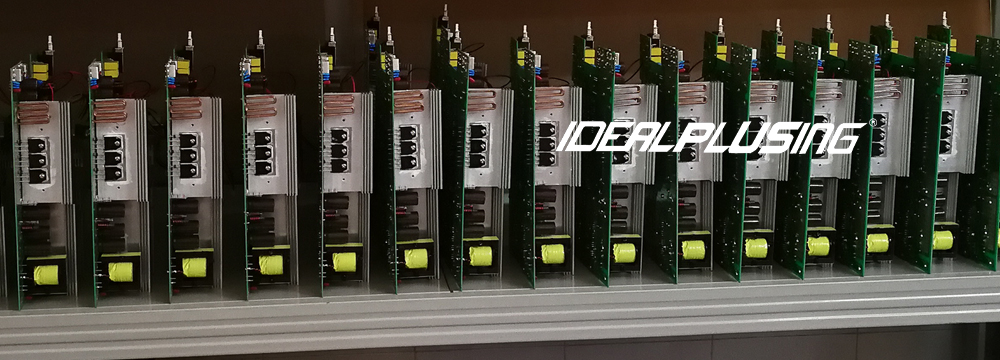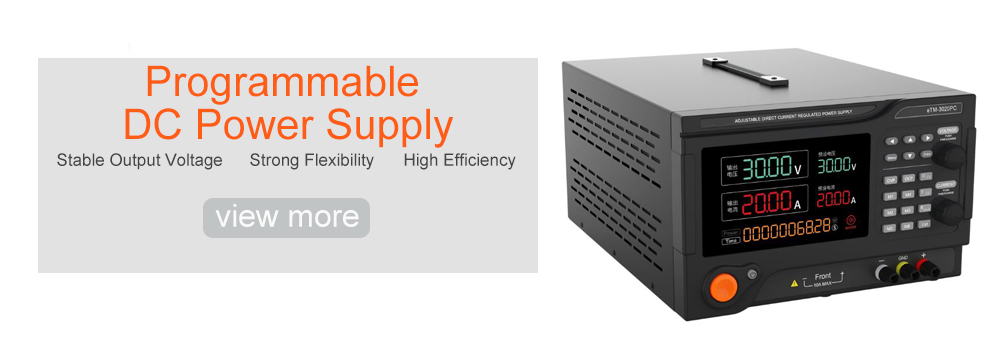What is a programmable DC power supply? A programmable DC power supply uses a circuit to control the switch tube to conduct high-speed conduction and cutoff, converting DC power into high-frequency AC power and providing it to the transformer for transformation, thereby generating the required set or multiple sets of voltages.

So what should be paid attention to when using a programmable DC power supply?
Inductive load application
When switching the programmable dc power supply or changing the output voltage, the inductive load will generate a reverse induced electromotive force that affects the operation of the programmable dc power supply and may even damage the programmable dC power supply. At this time, a diode is connected in series between the output end of the programmable dc power supply and the load, and an RC absorption circuit consisting of a power resistor and a capacitor is connected in parallel at the load end, which can effectively protect the programmable dc power supply.
Battery load application
When the programmable dC power supply is used to charge battery loads, in order to prevent the power supply from being damaged due to misconnection of the battery polarity, a diode should be connected in series between the power supply and the battery to protect the safe use of the programmable dc power supply.
Application of loads that will generate reverse current
When the motor connected to the output of the programmable dc power supply suddenly brakes, a large reverse current will be generated. Since the programmable dc power supply cannot absorb the reverse current generated from the load, the output voltage will rise. The solution is to connect a diode in series between the output of the programmable dc power supply and the load, and connect a discharge resistor in parallel at the load end to absorb the reverse current. When the reverse current is a spike surge, please connect a large-capacity electrolytic capacitor in parallel at both ends of the load.
Application of capacitive load
Because capacitive loads often cause the output voltage to increase, especially when the output voltage is adjusted from high to low, it will cause the output voltage to drop slowly. Therefore, when using it, a power resistor is connected in parallel to the output of the programmable dc power supply, and a diode is connected in series between the output and the load to obtain better use results.
Application of pulse loads
The current peak of the pulse load is within the rated current value range of the programmable dc power supply output, or the load current waveform of the pulse circuit or motor drive circuit is within the nominal value (average value) indicated by the metering equipment. The current will also reach the rated current area of the programmable dc power supply, causing the output voltage to drop or become unstable. The solution is to connect an inductor in series between the power supply and the load, or to choose a programmable dc power supply with a larger output current.






